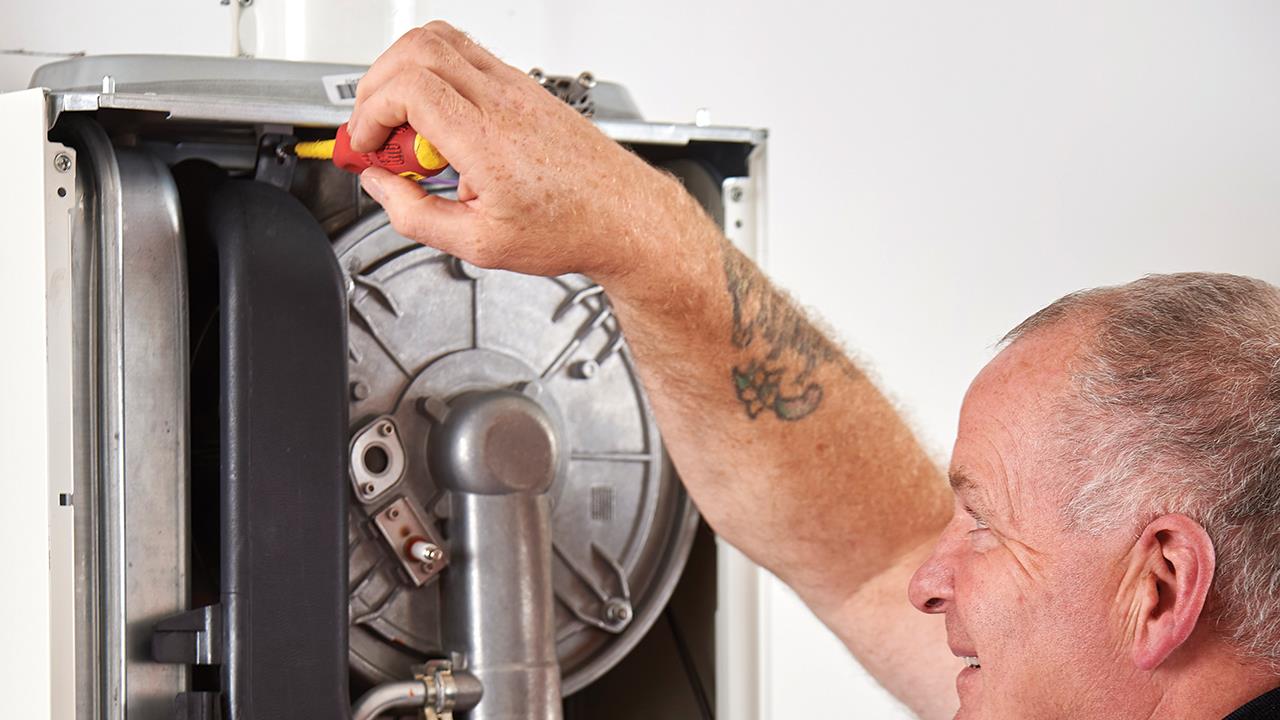

At Alpha, we want to encourage installers to help their customers make informed choices and advise them on what the future of heating their home could looks like.
A domestic heating installer will, of course, be aware of renewable options such as electric heat pumps. However, while many newbuild homes are now being designed for heat pump systems as standard, it is a different story for the millions of existing UK homes – for many of which a heat pump-only approach may not be suitable.
Is the home suitable?
Installers need to work with the homeowner to discover the most effective solution to heat their home. It is important to assess whether the home is suitable for a heat pump, and, as the appointed heating engineer, the installer’s role is to correctly size the system before installation.
Part of the process includes making sure that the home is properly insulated, bearing in mind that a typical heat pump system runs at a lower recommended temperature than other heating systems – between 35°C and 55°C.
Another consideration is whether the homeowner will be required to upgrade their radiators with new, larger, and more effective models to ensure the system operates efficiently.
Finally, an air source heat pump heating system of course comes with an outdoor unit, which generally measures around 1m x 1m x 330mm. The customer may be unhappy with the lurking presence of the appliance where it needs to be sited, but the installer is there to advise them on the appropriate placement and the reasons for it.
On average, a heat pump uses 1kW of electricity to produce approximately 3kW of heat. However, exact efficiencies will depend on the size of the system, outdoor temperatures, and the building’s insulation.
As gas prices continue to rise and pressure grows on the UK to achieve net-zero carbon emissions by 2050, a heat pump approach makes sense for those looking to lower their energy bills.
With a number of green energy alternatives available, homeowners may also be pondering producing their own electricity. Those customers can be reminded that heat pumps can be powered via solar panels (photovoltaics).
Depending on heating and hot water needs, and the number of solar panels, this could be cost effective to operate – although the initial costs of installation and the suitability of the property would have to be considered.
Taking the hybrid approach
For those whose homes aren’t suitable, one option available is the hybrid approach, whereby a heat pump is installed to provide space heating, while the boiler is retained (or updated) to provide hot water.
Offering a green energy alternative, a ‘hybrid’ heat pump solution might just be the perfect pathway for homes that may be ready to take a full hybrid solution but are lacking the space for the new hot water cylinder required.
Our E-Tec Hybrid, for example, allows hot water to produced instantaneously, removing the need for additional hot water storage. The system can run on existing pipework, meaning that the homeowner doesn’t have to worry about any drastic changes to their heating system, such as upgrading radiators.
With any heat pump solution, installers are not only obliged to understand the requirements of the home, they must also ensure that the system is set up correctly and for optimum performance. Thankfully manufacturers usually provide installers with the information and training they need to help homeowners embrace the new technologies and their benefits.
Although switching away from the well-known gas boiler is a challenge, it also provides an opportunity for installers to extend their business into new areas.
If you'd like to keep up-to-date with the latest developments in the heating and plumbing industry, why not subscribe to our weekly newsletters? Just click the button below and you can ensure all the latest industry news and new product information lands in your inbox every week.